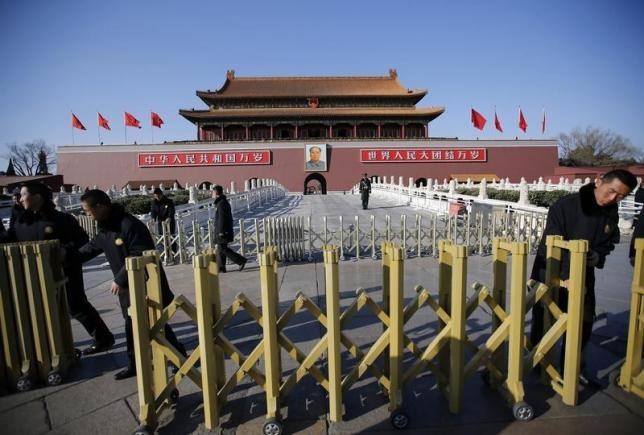600-year-old relics from the Yuan Dynasty (1271-1368) were found buried beneath the Palace Museum in Beijing during maintenance work, China Daily reported.
The museum located inside the Forbidden City was the site of China's imperial palace from 1420 in the early Ming Dynasty (1368-1644) until the end of the Qing Dynasty (1644-1911).
The relics were found beneath the west wing of the museum as workers were laying an electric cable last year, but it took months to evaluate and validate the age of the relics, Li Ji, head of the Archaeology Department at the museum's affiliated academic research institutes, said.
"The broken tiles and porcelain pieces are direct evidence that they come from no later than the start of the Ming Dynasty," Li said.
The Yuan relics were found buried under the foundations of construction work made during the Ming and Qing dynasties, according to Li.
"These three layers of relics indicate how layouts for buildings changed through time," Li said, adding that no Yuan relics have been previously discovered because of "scrupulous urban construction work" in the Ming Dynasty.
"Our fieldwork shows that almost all previous construction foundations were cleared out when the Forbidden City was built, to provide impeccable detail for the new palaces," the museum official said. He said it is too early yet to evaluate the original architecture and they are still in the preliminary stage of their studies. "Basically, we can be sure it is from an important part of a Yuan Dynasty royal palace, but it's hard to say if it was on the central axis of Beijing at that time."
Li said that further studies will be made to determine how the axis changed through time. However, he said that they will not conduct large-scale archaeological work on the relics for fear it could damage the remaining ancient structures.
"It's like playing puzzles," Li explained. "We begin small-area excavations in different spots, and can obtain a panoramic view through comparative studies."



























